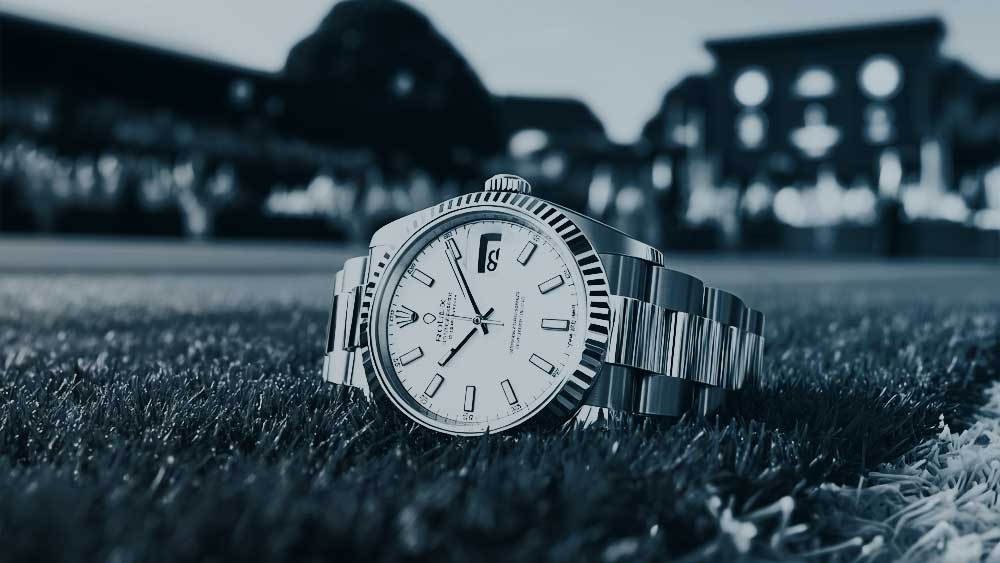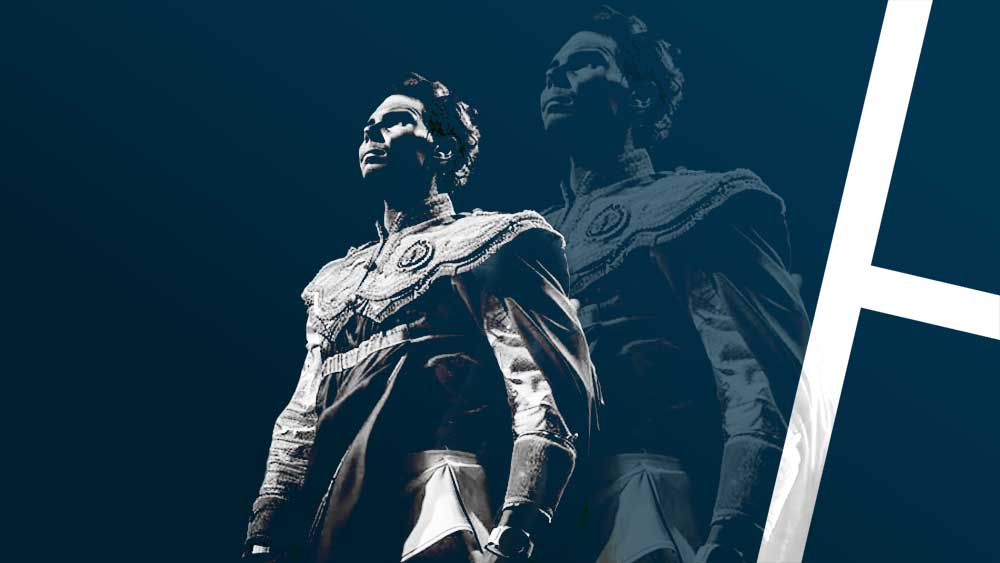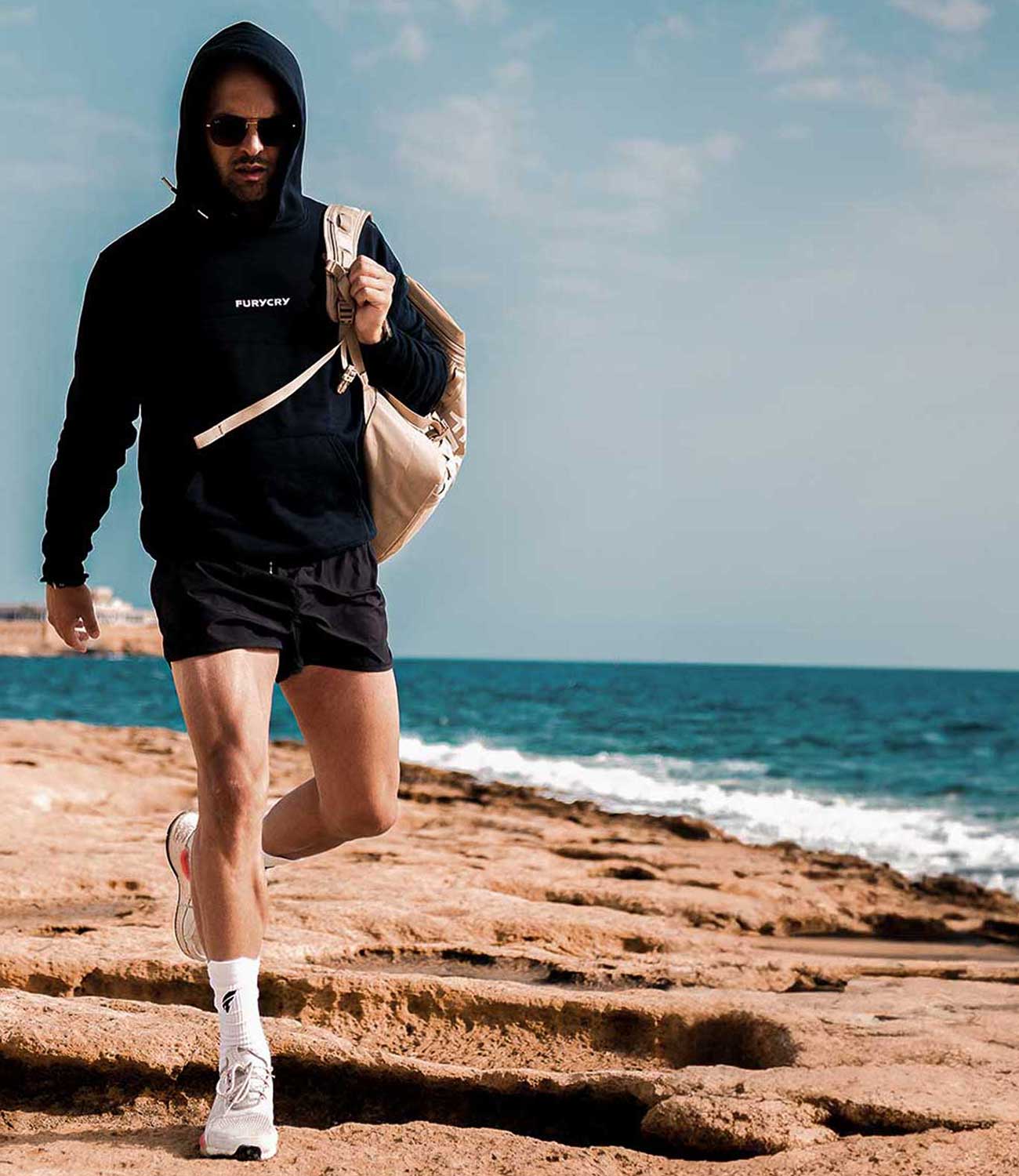Few brands have achieved the near-mythical status of Rolex. For over a century, the Geneva-based watchmaker has stood as the ultimate symbol of precision, endurance, and understated luxury. A Rolex is more than a timepiece — it’s a statement, a milestone, a quiet roar of success.
Its appeal lies in consistency. Rolex designs evolve slowly, resisting trends and fads. The Oyster case, the fluted bezel, the unmistakable five-pointed crown – these details have remained largely unchanged for decades, creating a design language that is instantly recognizable, across generations and cultures.
But Rolex isn't just about looks. Its technical milestones — from creating the first waterproof wristwatch to pioneering self-winding chronometers — have made the brand a leader in innovation. Combine that with exceptional craftsmanship, rigorous quality control, and brand mystique, and you get a product that transcends time.
Today, a Rolex carries both cultural and emotional value. Whether spotted on the wrist of a head of state, a tennis champion, or a hip-hop icon, it signals achievement and taste. And perhaps that's the real secret to its timelessness: Rolex straddles tradition and ambition like no other.
From London Startup to Global Icon: The Story of Rolex
The Rolex journey began in 1905, not in Switzerland, but in London. Hans Wilsdorf, a visionary German entrepreneur, founded a small watch distribution company with a bold belief: that wristwatches could become as precise and respected as pocket watches.
In 1908, he coined the name "Rolex" — a short, crisp, universally pronounceable brand — and registered it officially. A few years later, the company relocated to Geneva, the heart of Swiss watchmaking. There, Rolex would begin shaping history.
By 1910, Rolex had produced the world’s first wristwatch certified as a chronometer. Then, in 1926, it released the game-changing Oyster: the first truly waterproof and dustproof wristwatch, designed with a hermetically sealed case. Rolex wasn't just creating tools for telling time — it was setting new standards for what timekeeping could mean.
The First Breakthrough: Swimming Across the Channel
In 1927, Rolex needed proof that its Oyster was more than a marketing claim. Enter Mercedes Gleitze, a British swimmer attempting to cross the English Channel. Around her neck hung a Rolex Oyster, fully submerged for over 10 hours in cold, salty water.

Source: www.rolex.org/perpetual/making-history-with-rolex
When Gleitze emerged — exhausted but victorious — her Rolex was still ticking perfectly. Wilsdorf seized the opportunity, placing a full-page ad in the Daily Mail, celebrating the Oyster’s triumph. The message was clear: Rolex builds watches that perform under pressure.
The campaign catapulted Rolex into international fame. From that moment on, the Oyster wasn't just a watch. It was a symbol of resilience, adventure, and trust.
The Rolex Strategy: Excellence, Scarcity, and Silent Prestige
Rolex's long-term success is no accident — it’s the result of a meticulous strategy grounded in consistency, quality, and controlled exclusivity.
First, production is limited by design. Despite being the largest luxury watch brand in the world, Rolex doesn’t flood the market. Demand far exceeds supply, especially for stainless steel sport models like the Submariner or Daytona. Waiting lists stretch for years. Limited editions? Rolex doesn't do them — and that’s exactly the point. The scarcity fuels desire.
Second, Rolex is fiercely protective of its distribution. You won’t find new Rolex watches sold online or at discount. Official retailers handpick clients for coveted models, creating a sense of privilege and loyalty. If you’re handed a Daytona, it’s because the brand sees you as part of its inner circle.
Then there’s the marketing: subtle, elegant, and powerful. Rolex sponsors iconic events — Wimbledon, the 24 Hours of Le Mans, the Oscars — aligning itself with institutions that embody excellence and heritage. It enlists cultural icons like Roger Federer, Tiger Woods, and filmmakers and explorers. The brand speaks in whispers, not shouts. And that makes people listen.
Lastly, Rolex is privately owned by the Hans Wilsdorf Foundation, meaning it's not driven by quarterly profits or shareholder pressure. This unique structure allows Rolex to play the long game: invest in its own metallurgy, build a vast parts archive, and maintain absolute control over every aspect of its manufacturing.
Iconic Models: The Pillars of the Crown
Some watches are tools. Rolex watches are legends. Here are the icons that define the brand:
Submariner (1953): The archetypal dive watch. Its rugged construction, rotating bezel, and classic look have made it the gold standard for tool watches. Made famous by James Bond, loved by collectors and adventurers alike.
Daytona (1963): Originally built for race car drivers, this chronograph has a tachymeter bezel for measuring speed. Initially slow to sell, the "Paul Newman" Daytona later became one of the most valuable vintage watches in history.
Datejust (1945): The first automatic wristwatch with a date window. Timeless and versatile, the Datejust has become a go-to dress watch, known for its clean design and Jubilee bracelet.
Day-Date “President” (1956): Only made in gold or platinum, with the full day of the week spelled out. It’s the power watch — worn by presidents, CEOs, and world leaders. The President bracelet says it all.
Other notable mentions include the GMT-Master II (a pilot's favorite with dual-time functionality), the Explorer (inspired by Everest), and the Sea-Dweller (for deep-sea saturation diving).
Rolex and Tennis: Measuring Time on the Most Sacred Courts
Few partnerships feel as organic as Rolex and tennis. Since 1978, Rolex has been the official timekeeper of Wimbledon — the oldest and most prestigious tennis tournament in the world.
From the center court scoreboard to the umpires’ chairs, Rolex branding appears discreetly throughout the tournament. It’s not loud, it’s not flashy — it’s Rolex. The green-and-gold crown has become synonymous with tradition, excellence, and the relentless pursuit of perfection.
Roger Federer, perhaps the greatest ambassador for both tennis and Rolex, has worn the brand since 2006. His appearance at Wimbledon in a tailored suit, wearing a silver Datejust with green Roman numerals — the now-famous “Wimbledon dial” — cemented the connection between brand and sport.

Source: www.welt.de/wirtschaft/article108336315/Sportmarketing-Roger-Federers-Geldmaschine-laeuft-perfekt.html
Through tennis, Rolex aligns itself with discipline, elegance, and grace — qualities it has nurtured in its own brand DNA for decades.
From Rodeo Drive to the Block: Rolex in Street Culture
Rolex isn’t confined to private jets and penthouses. It also lives in rap lyrics, streetwear drops, and music videos. In hip-hop, a “Rollie” is the ultimate flex — a symbol of having made it out of nothing.
From Tupac to Jay-Z, Nas to Travis Scott, countless artists have immortalized Rolex in song. It’s the lyrical shorthand for success, wealth, and legacy. A Rolex isn't just expensive — it’s aspirational.

https://www.clker.com/clipart-468501.html
But Rolex’s street presence goes beyond music. In 2013, cult streetwear brand Supreme customized a handful of Submariners with the words “FUCK EM” on the dial — a friends-and-family release that was never sold publicly. These extremely rare pieces now fetch six figures on the resale market, blending haute horlogerie with counterculture bravado.
In a world where collaborations are everywhere, Rolex rarely plays along — which only fuels its mystique. The brand’s aloofness makes it even more desirable in the eyes of streetwear obsessives. It's the rare blend of old-money prestige and new-wave rebellion — the crown fits both.
Rolex as an Investment: Time Is Money
In recent years, Rolex has gained another dimension: financial asset. Prices on the secondary market have soared, with popular models like the Submariner, Daytona, or GMT-Master often selling for double (or more) their retail price.
While markets corrected slightly after the 2022 peak, Rolex timepieces remain remarkably resilient. They're liquid, durable, and globally recognized. For many collectors, a Rolex isn’t just a watch — it’s a hedge against inflation, a wearable savings account, even a retirement plan.
Some references, especially vintage or limited-production pieces, have become blue-chip assets. Paul Newman's own Daytona fetched $17.8 million at auction, setting a record for any wristwatch.
Rolex recently acknowledged the power of the resale market by launching its own Certified Pre-Owned (CPO) program — offering authenticated, guaranteed second-hand models through select retailers. It’s a clear sign that the brand embraces the investment aspect, without ever needing to say it out loud.
Final Word: A Crown for Every Era
Rolex is more than a watch. It’s a cultural touchstone, a design icon, a financial asset, a mark of ambition. From Wimbledon’s center court to hip-hop’s front row, from diving expeditions to billion-dollar boardrooms — the five-pointed crown has become a universal language of success.
Timeless not because it’s stuck in the past, but because it keeps setting the standard for the future. And in a world constantly chasing what’s next, Rolex reminds us that true style is never in a hurry — because it’s always right on time.








1 comment
NY Watch Market
Awesome article, I love how you trace Rolex’s evolution from precision engineering to cultural icon. The part about Rolex’s role in street culture especially hits home. For those in NYC looking for authentic and verified pieces, check out Rolex Watches online NYC, great source of premium options that respect heritage and quality.
Leave a comment
This site is protected by hCaptcha and the hCaptcha Privacy Policy and Terms of Service apply.